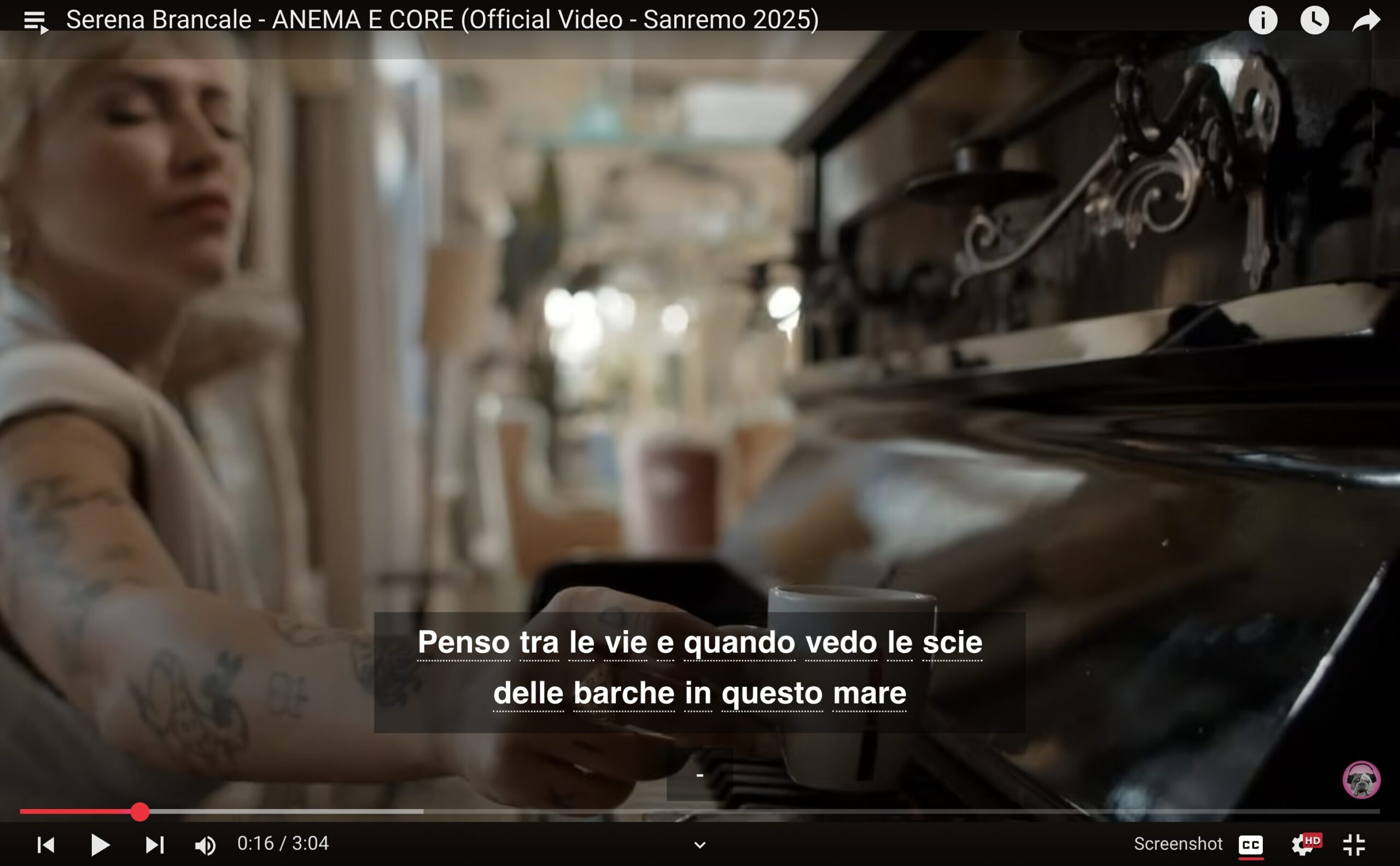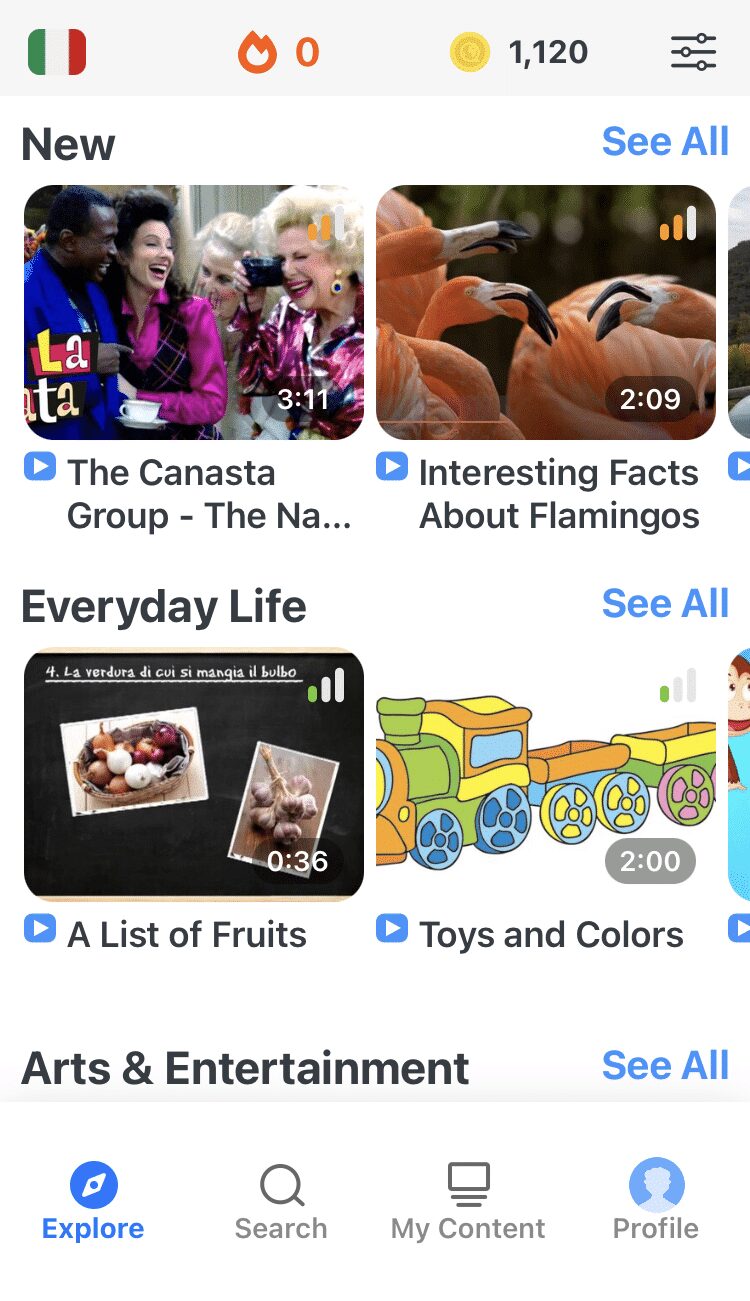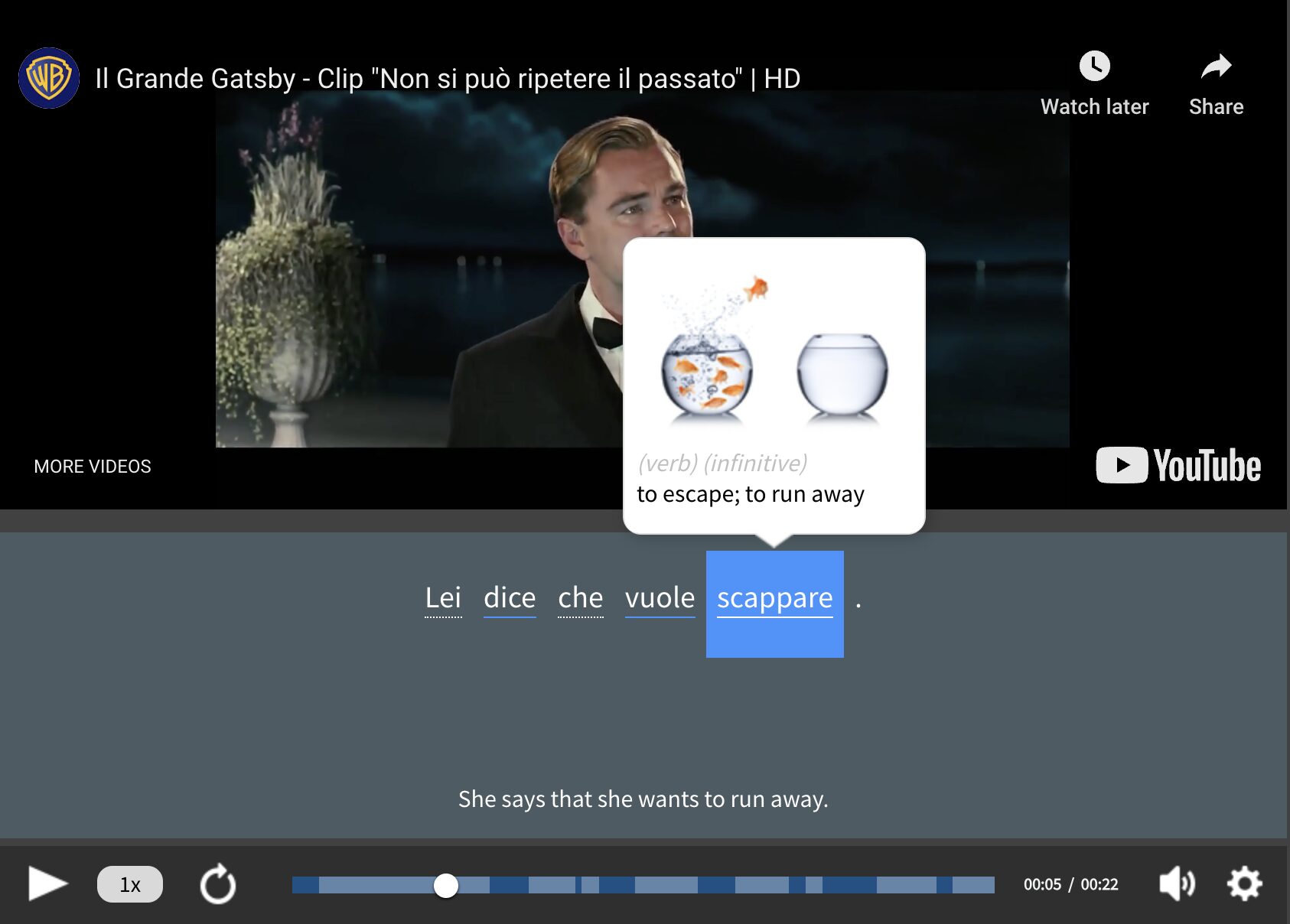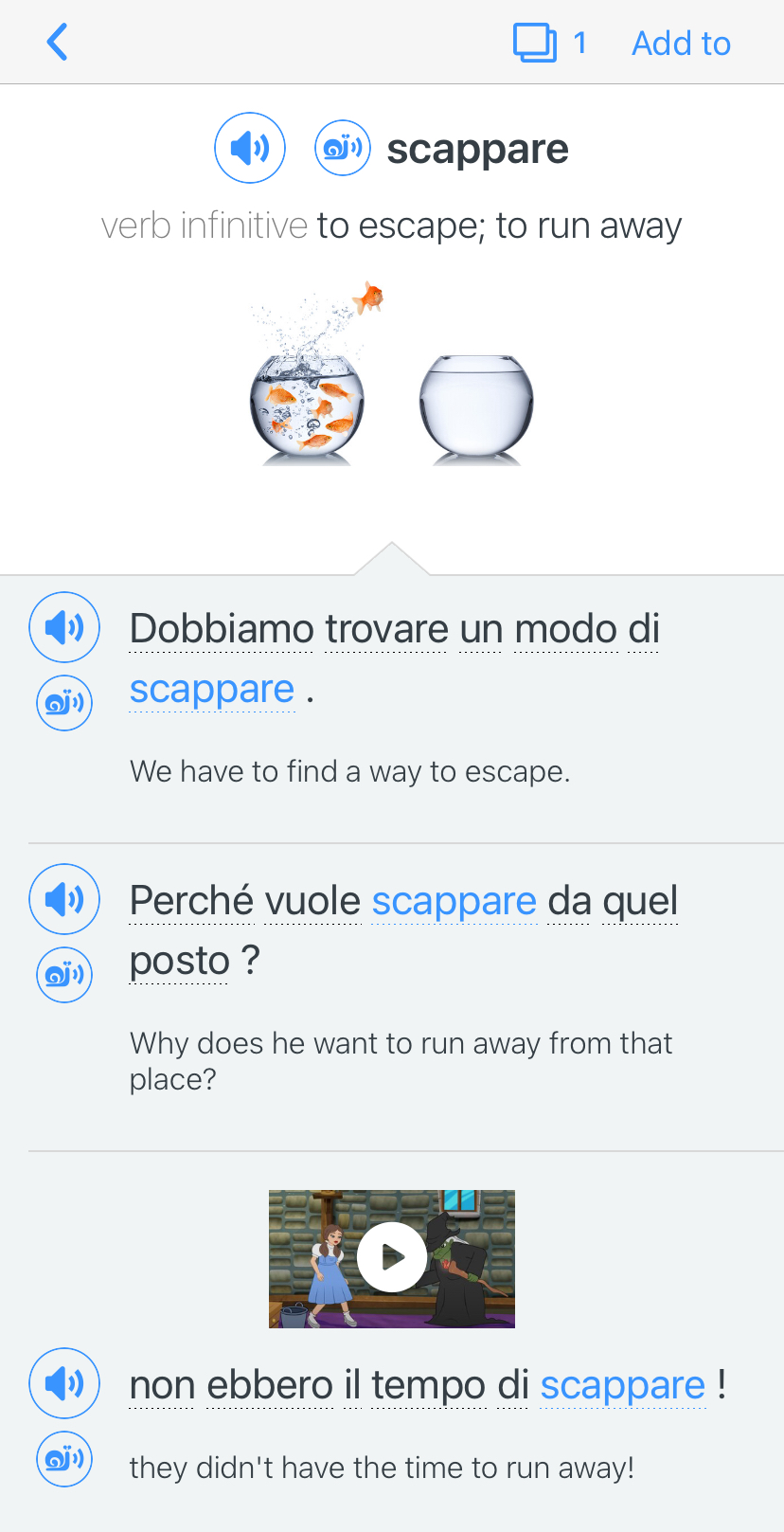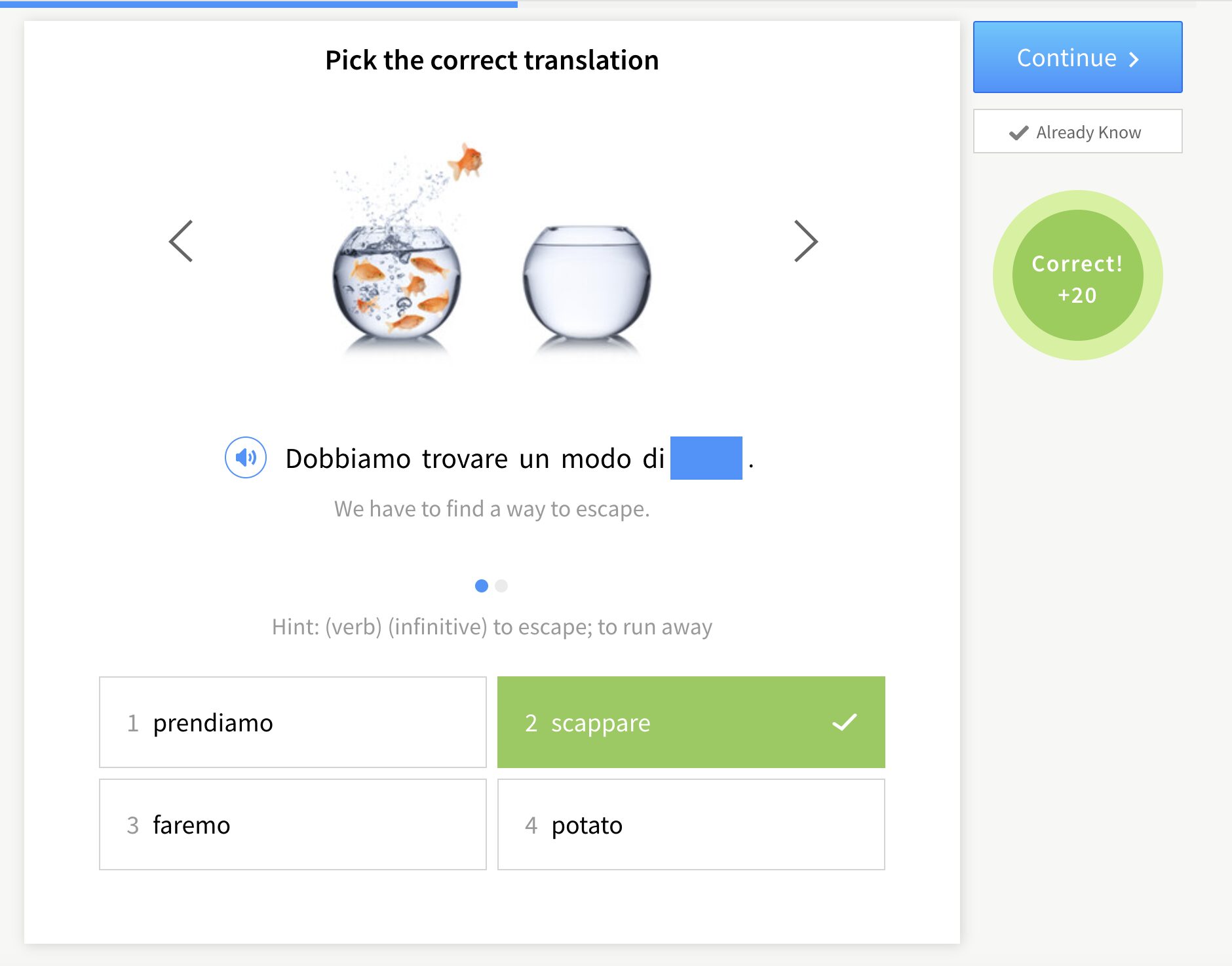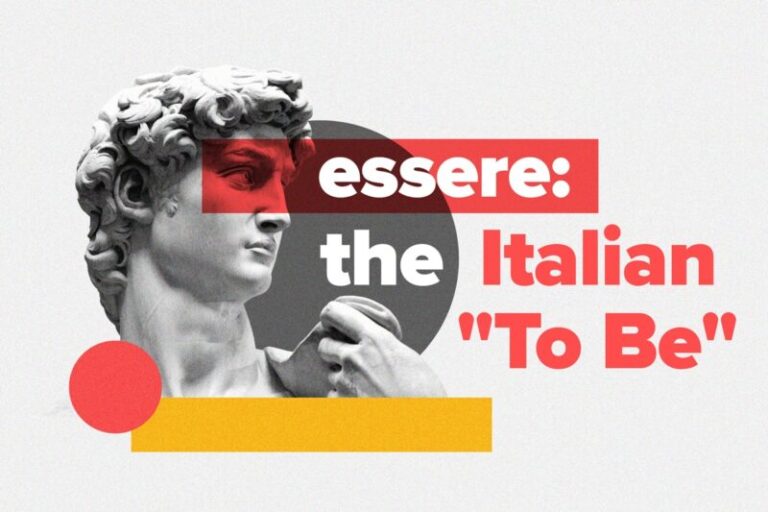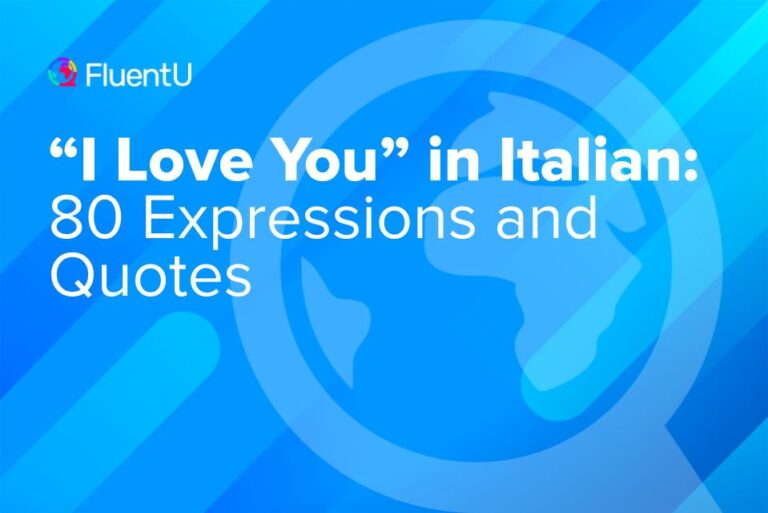The Ultimate Italian Pronunciation Guide [With Audio]
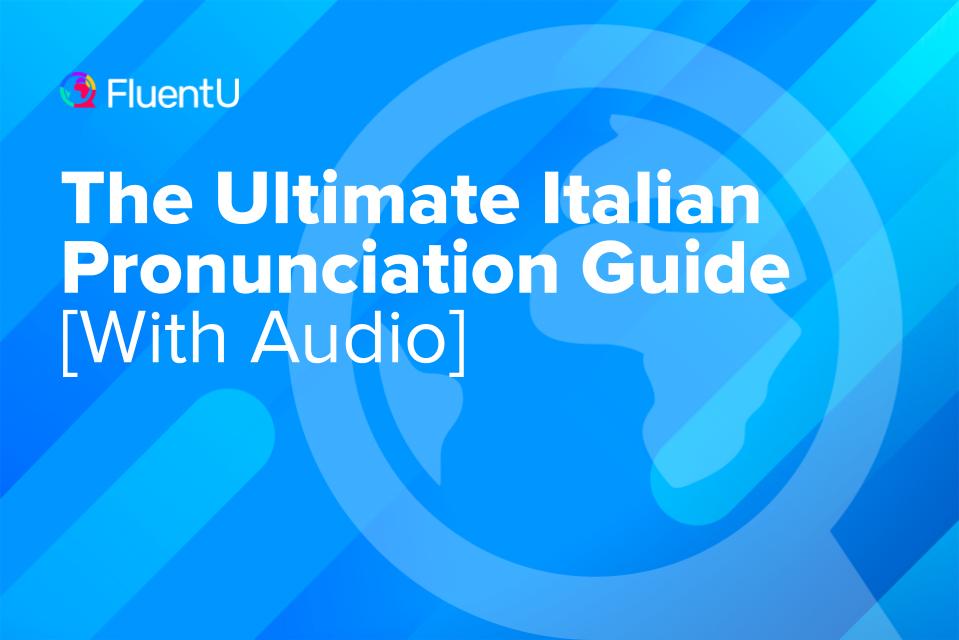
If you’re learning Italian, you may have noticed that many words look similar to English. But as far as pronunciation goes, there are lots of differences between the two languages.
With the help of audio, let’s take on the Italian alphabet and proper Italian pronunciation in this post. With some patience, a bit of memorizing and this guide, you’ll build a great foundation for your Italian studies.
Download: This blog post is available as a convenient and portable PDF that you can take anywhere. Click here to get a copy. (Download)
The Complete Italian Alphabet
First, take a listen to the “Italian Alphabet Song” in this video:
Now, let’s break it down.
You can click on each letter in the chart to hear its Italian name. The middle column shows you its typical sound within words, which you can hear by clicking on the example word in the third column.
| Letter | Sound | Example |
|---|---|---|
| A | ah | ape (bee) |
| B | buh | bambini (children) |
| C | kuh ch | calze (sock) / chilo (kilogram) cielo (sky) |
| D | duh | donna (woman) |
| E | eh | edificio (building) |
| F | fuh | fagiolo (bean) |
| G | guh juh nyuh | gamba (leg) / ghepardo (cheetah) gioia (joy) gnocchi (a type of pasta) |
| H | (silent) | hanno (they have) |
| I | ee | istituto (institute) |
| L | luh | luce (light) |
| M | muh | madre (mother) |
| N | nuh | notte (night) |
| O | oh | olio (oil) |
| P | puh | pasta (pasta) |
| Q | kuh | quattro (four) |
| R | rrr | raccolta (collection) |
| S | ss zz | sei (six) casa (house) |
| T | tuh | tacco (heel) |
| U | oo | università (university) |
| V | vuh | vacanza (vacation) |
| Z | ts dz | pizza (pizza) zio (uncle) |
Special Notes on Letter Pronunciations
You probably noticed that some letters of the Italian alphabet have unusual or multiple pronunciations.
These have distinct rules, presented in this table with examples:
| Letter | Pronunciation Rules | Examples |
|---|---|---|
| C | A hard /k/ sound when followed by A, O, U or a consonant (including H). A soft /ch/ sound when followed by I or E. | camicia (shirt) colore (color) cucina (kitchen) chitarra (guitar) cibo (food) centro (center) |
| G | A hard /g/ sound when followed by A, O, U or most consonants (including H). A soft /j/ sound when followed by I or E. A /ny/ sound when followed by N. | gallina (hen) gonna (skirt) gufo (owl) ghiacciolo (icicle/popsicle) giallo (yellow) gemello (twin) gnomo (gnome) |
| H | Never pronounced. | hockey (hockey) |
| R | A trill, also known as a "rolled R." | birra (beer) |
| S | A hard /s/ sound in most instances. A /z/ sound when between two vowels. | settimana (week) rosa (pink/rose) |
| Z | A /ts/ sound within a word. A /dz/ sound when at the beginning of a word. | piazza (square/plaza) zaino (backpack) |
Non-native Italian Consonants
In addition to the letters of the alphabet, there are some additional ones that aren’t native to Italian.
So while these consonants aren’t part of the official Italian alphabet, they’re sometimes used in writing and speech for words adopted from other languages.
Oftentimes, they’re pronounced in Italian the same way they’re normally pronounced in their loanwords from other languages—the meanings of which are also typically clear.
Take a look:
| Letter | Sound | Example |
|---|---|---|
| J | juh | jazz |
| K | kuh | kayak |
| W | vuh | wafer |
| X | sss | xenofobia |
| Y | yuh | yacht |
Italian Pronunciation
Vowels
The Italian vowels are the same as English: A, E, I, O and U. The main difference is that, in Italian, the pronunciation you just learned never changes.
Yep—Italian vowel sounds are invariable. For example, let’s take the word “May” in English. If this word were to exist in Italian, you wouldn’t hear “ay” pronounced as “ey,” as it is in English. The vowels would retain their sounds and this word would be pronounced as “m-a-i.” A similar example in Italian is the word mais (corn).
When two vowels are placed next to each other in English, they often combine their pronunciation, such as in “bread” or “boat.” Not so in Italian.
Even when two vowels are next to each other, both retain their sounds. For example, in mischiare (to mix), you can distinctly hear both the second I and the A.
English speakers also have a tendency to add another vowel sound at the end of individual vowels, especially at the ends of words—like pronouncing “hello” as “he-llou.”
In Italian, vowels have very crisp sounds (it’s “mis-kee-ahr-e” and not “mis-kee-ahr-ey”).
Consonants
As we went over above, Italian lacks several of the English consonants and only uses them in loanwords adopted from other languages. However, it can still make those sounds by combining the letters that it does have.
The Italian alphabet also has a few of its own special sounds, made by placing two consonants or a combination of consonants and vowels together.
Here are the main Italian consonant and consonant-vowel combinations, along with some examples:
| Letter Combo | Sound | Examples |
|---|---|---|
| CC | kuh chuh (when followed by I or E) | occhi (eyes) piccione (pigeon) |
| GG | guh juh (when followed by I or E) | aggrottare (knit) oggi (today) |
| QU | kwuh | quando (when) |
| GLI | yee | gli (the [masculine plural]) |
| SC | skuh | scuola (school) |
| SCH | skuh | dischi (discs) |
Now, have you noticed anything about Italian consonants when two of the same appear next to each other?
You got it—if Italian consonants are doubled, so is the length of the pronunciation.
Take a listen:
Accent Marks
Italian accent marks do not change a letter’s pronunciation. Instead, accents denote irregular stress patterns in a word.
First, there’s the acute accent. You will only find this mark on the letter E. The acute accent gives the letter E a long sound, as in perché (why).
Second, there’s the grave accent. This mark can appear on any Italian vowel.
The normal Italian stress pattern puts emphasis on the second-to-last syllable of a word. You’ll often see a grave accent on the final syllable in a word to indicate where the stress should go instead.
You can think of the grave accent as giving the letters A and E a short sound, while I, O and U get a long sound. Here are some examples:
How to Practice Italian Pronunciation
While the Italian alphabet is pretty straightforward, you’re still going to want some pronunciation practice!
You can start with this unique, interactive alphabet tool from Cyber Italian. Play around with each Italian letter and practice its name and pronunciation alongside the sample audio.
I also recommend Italy Made Easy’s video guide, where you can listen to a native Italian speaker talk you through it all. Part one tackles all the letters of Italian, part two covers letters in Italian names and part three dissects letter combinations.
In fact, native Italian media is your best resource for learning and practicing Italian pronunciation!
You can tune your ears to the sound of proper pronunciation by watching Italian videos on immersive language learning programs like FluentU, for instance.
FluentU takes authentic videos—like music videos, movie trailers, news and inspiring talks—and turns them into personalized language learning lessons.
You can try FluentU for free for 2 weeks. Check out the website or download the iOS app or Android app.
P.S. Click here to take advantage of our current sale! (Expires at the end of this month.)
Italian pronunciation can look pretty challenging on the surface, but it’s just a matter of putting the pieces (or rather, letters) together.
Figuring out the vowels, consonants and accent marks is the best way to start mastering the basics of speaking accurately.
Be sure to practice!
Download: This blog post is available as a convenient and portable PDF that you can take anywhere. Click here to get a copy. (Download)
Italian Immersion from Your Device
I get it–learning Italian isn’t always a walk in the park. But it doesn’t have to be a boring, tedious, or hair-pulling experience either. In fact, making it fun is key to your success!
With FluentU, you can learn Italian naturally by turning any YouTube or Netflix video with subtitles into an interactive language lesson. I’m talking about language immersion from the convenience of your device.
You can even import your favorite YouTube videos into your FluentU account to learn from them using the app or website. Or browse our curated library of videos handpicked for beginners and intermediate learners.
While you watch a video, FluentU’s interactive subtitles let you tap on any word for an instant definition, example sentences, images, and audio. No more pausing and searching for translations—everything you need is right there!
It's all built to help you learn how to use words in real contexts. And as you learn, you can add new words to your flaschards with just a click! For example, if I tap on the word "scappare," this is what pops up:
Learn even faster with built-in quizzes that reinforce vocab from every video. FluentU tracks your progress, gives you extra practice with tricky words, and reminds you when it’s time to review—so your learning is always personalized and effective.
Try FluentU today on your computer or tablet, or download our app from the App Store or Google Play. Click here to take advantage of our current sale! (Expires at the end of this month.)

